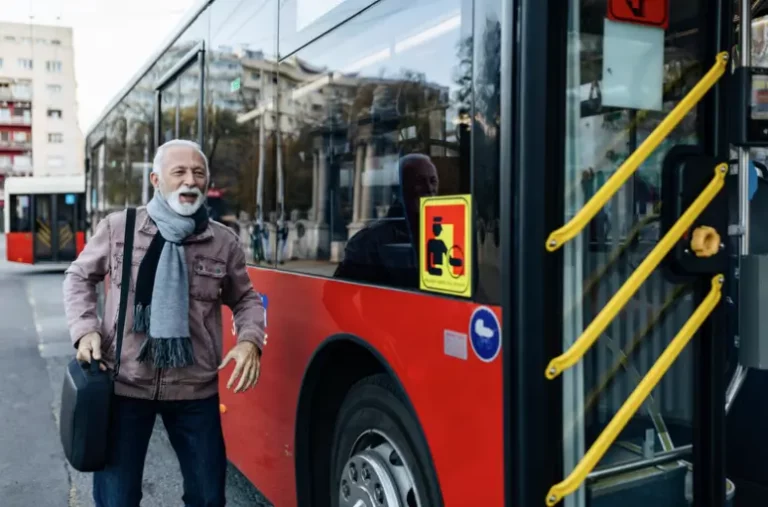“Transportation is the center of the world! It is the glue of our daily lives.”
Robin Chase
In public transportation systems, where reliability and efficiency are paramount, predictive maintenance AI is becoming indispensable. This technology enables transit authorities to manage fleets of buses, trains, and trams more effectively, minimizing downtime and enhancing passenger satisfaction. This article explores how predictive maintenance AI is transforming public transportation systems, supported by industry data and examples of its implementation.
The Impact of Predictive Maintenance on Public Transportation
Public transportation systems face the dual challenge of maintaining high service levels while managing the costs associated with equipment maintenance and repairs. Predictive maintenance AI offers a solution by forecasting equipment failures and facilitating timely interventions.

Industry Insights:
- The American Public Transportation Association (APTA) reports that efficient maintenance strategies can reduce overall operational costs by up to 20% and increase vehicle availability by 10%.
- A study by McKinsey found that transit systems utilizing predictive maintenance could reduce delays related to equipment failures by as much as 35% and lower maintenance costs by 30%.
Real-World Application:
- The London Underground, one of the oldest and busiest metro systems in the world, employs predictive maintenance AI to monitor critical components of its trains and track infrastructure. By predicting potential failures, the system can schedule maintenance overnight or during off-peak hours, minimizing disruption to service.
How Predictive Maintenance AI Optimizes Public Transportation
Enhanced Vehicle Reliability: Predictive maintenance AI uses data collected from vehicle sensors to analyze patterns and predict failures before they occur. This proactive approach ensures that vehicles are always operational when needed, reducing unexpected breakdowns that can disrupt service.
Optimized Maintenance Schedules: AI algorithms optimize maintenance schedules based on real usage and condition rather than predetermined intervals. This approach ensures that maintenance resources are used more efficiently, extending the lifespan of vehicles and reducing unnecessary maintenance.

Improved Passenger Experience: By reducing vehicle downtime and service interruptions, predictive maintenance AI directly contributes to a smoother and more reliable passenger experience. This reliability is crucial for maintaining public trust and ridership levels.
Challenges in Implementing Predictive Maintenance AI in Public Transportation
Integration with Legacy Systems: Many public transportation systems operate with aging infrastructure that may not be readily compatible with the latest AI technologies. Retrofitting these systems with the necessary sensors and connectivity is a significant challenge.
Data Management and Privacy: Implementing AI solutions requires managing large volumes of data effectively and ensuring that passenger data privacy is not compromised. Robust data management systems and strict privacy protocols are essential.
Funding and Investment: Adopting advanced AI technologies often requires substantial initial investment, which can be a hurdle, especially for public entities with limited budgets. Securing funding and demonstrating the long-term cost benefits of predictive maintenance is crucial for gaining support.
PeakMet’s Contribution to Public Transportation Efficiency
Tailored Predictive Maintenance Platforms: PeakMet provides predictive maintenance solutions specifically designed for the unique needs of public transportation systems. These platforms are robust and capable of integrating with both modern and legacy systems.
Advanced Analytics for Fleet Management: PeakMet’s analytics tools offer deep insights into fleet operations, allowing transit authorities to make data-driven decisions that enhance service reliability and efficiency.

Continuous Support and Upgrades: Recognizing the dynamic nature of public transportation, PeakMet commits to providing ongoing support and regular updates to its systems, ensuring they remain effective as new challenges and technologies emerge.
In conclusion, predictive maintenance AI is revolutionizing the management of public transportation systems by enhancing vehicle reliability, optimizing maintenance operations, and improving the overall passenger experience. With the support of advanced solutions like those from PeakMet, transit authorities can navigate the challenges of maintaining large fleets and ensure that their services remain efficient, reliable, and responsive to the needs of the public.


